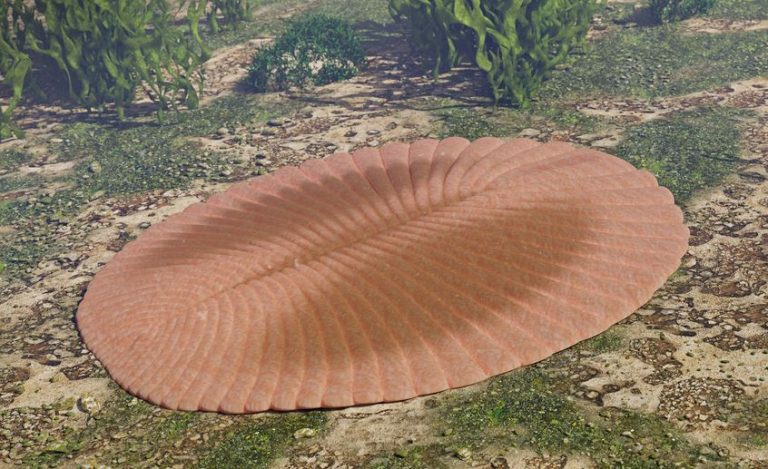Important Facts For Prelims
Dickinsonia Fossil
- 24 Feb 2023
- 3 min read
Why in News?
Fossils of an extinct species, Dickinsonia, that scientists reported in a discovery from India’s Bhimbetka Rock Shelters in 2021 have been found to be a false alarm.
- Researchers after a closer look at the site revealed the Dickinsonia fossil to really be wax smeared on a rock by a beehive.
What is Dickinsonia?
- Dickinsonia is an extinct primitive animal that inhabited seabeds around Australia, China, Russia, Ukraine, in the Ediacaran period, 600-500 million years ago. It was classified as an animal after discovery of cholesterol molecules in the fossils.
- It is believed to be one of the earliest animals to have existed on earth.
What are the Key Facts of Bhimbetka Rock Shelter?
- History and Period Span:
- The Bhimbetka rock shelters are an archaeological site in central India that spans the prehistoric Paleolithic and Mesolithic periods, as well as the historic period.
- It exhibits the earliest traces of human life in India and evidence of Stone Age starting at the site in Acheulian times.
- It is a UNESCO World Heritage Site that consists of seven hills and over 750 rock shelters distributed over 10 km.
- Discovery: The Bhimbetka rock shelters were founded by V S Wakankar in1957.
- Location: It is located in Raisen District between Hoshangabad and Bhopal in Madhya Pradesh.
- It is about 40 kilometres south-east of Bhopal in the foothills of the Vindhya Mountains.
- Paintings: Some of the Bhimbetka rock shelters feature prehistoric cave paintings and the earliest are about 10,000 years old (c. 8,000 BCE), corresponding to the Indian Mesolithic.
- Most of these are done in red and white on the cave walls.
- A multitude of themes were covered in this form of rock art and it depicted scenes like singing, dancing, hunting and other common activities of the people staying there.
- The oldest of the cave paintings in Bhimbetka is believed to be about 12,000 years ago.







